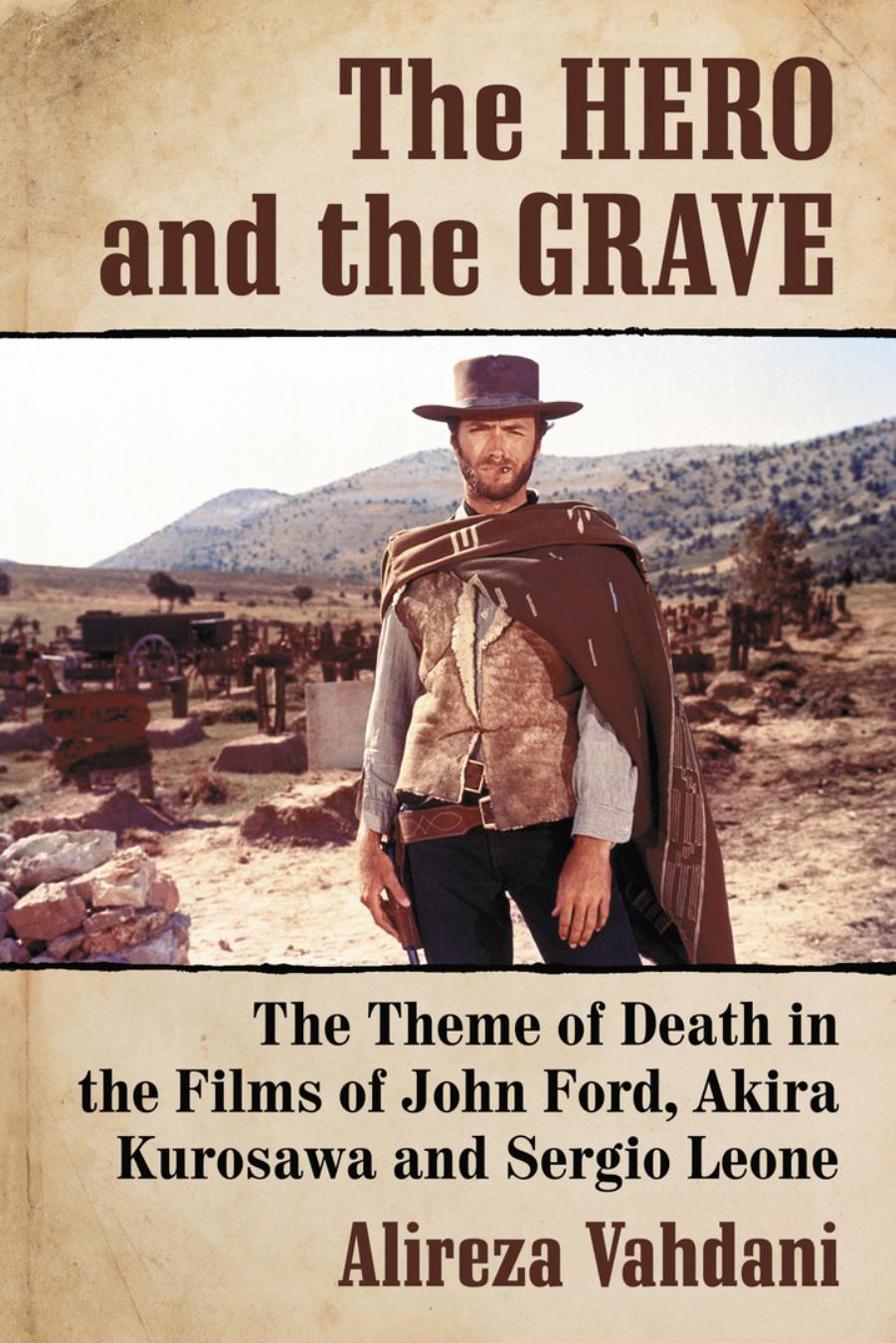The Hero and the Grave: The Theme of Death in the Films of John Ford, Akira Kurosawa and Sergio Leone by Alireza Vahdani

Author:Alireza Vahdani [Vahdani, Alireza]
Language: eng
Format: epub, pdf
Goodreads: 39068022
Publisher: McFarland & Company
Published: 2018-08-08T23:00:00+00:00
6
Death, External Conflict and Battle
The external conflict springs from the ideologically stigmatized actions of a force that is outside of the community and its value system. In Ford’s films, the source of external conflict is usually the individuals or groups that represent the “others” who declare war on the hero and his ethics (the ideology of the others is harmful to a peaceful community). Furthermore, the others’ sense of morality endangers the lives and honor of innocent people (along with the overall well-being of a civilized community). In contrast to the opposing force, the hero’s actions have positive impacts on the community/group/society, since he stands up to the evil acts of the outsiders.
The Indians in most classic Westerns function as representatives of primitive ethics that can and will harm the peace and order of the said civilized community/society. Wood (in Caughie, 1981, p. 89) explains the general position of the Indians in Western films: “Indians in Westerns are not just a people but a concept; they have a basic mythic meaning on which individual directors bring many changes but which remains an underlying constant. As savages, they represent the wild, the untamed, the disruptive, the vital forces that remain largely inassimilable into any civilization man has so far elaborated.” In short, the Indians’ ideology does not integrate with that of white America. Besides, in classic Western films, the actions of Indians result in the destruction of innocent white individuals and their way of life. The Indians are thus a threat to “us” (i.e., the intended audience’s surrogates).
In the case of Fort Apache, Ford justifies the fight against the Indians by portraying them as embodying a savage culture that threatens the safety of the American people. Fort Apache’s opening credits sequence suggests this dichotomy: Here the American soldiers are sitting on their horses in disciplined military formation, their sabers sheathed, suggesting that the American army avoids unnecessary violence. By representing the American soldiers in this fashion, Ford indicates that the American army equals order and perfection. As Will Wright, in Sixguns and Society (1977, p. 86), postulates on the function of the cavalry in Westerns, “When a Western plot is about professional fighters like a cavalry ‘How the fight is fought’ is now the crucial issue, since the fight itself generates the values that replace the values of the society in the myth.” The visual representation of the cavalry in the opening title sequence explains how the “fight is fought”—in a civilized manner, and as a last resort, for the army is a sophisticated harmonious union. This scene then cuts to a dance in the fort (as the names of the film’s stars appear on screen), where Thursday is dancing alongside Sergeant Major O’Rourke’s wife. This arrangement indicates a sense of harmony within the life of the regiment. However, Thursday later threatens this balance through his prejudice against O’Rourke (Ward Bond) and his family due to O’Rourke being a noncommissioned officer.
An image York riding in the Mexican desert follows this part of the opening credits.
Download
The Hero and the Grave: The Theme of Death in the Films of John Ford, Akira Kurosawa and Sergio Leone by Alireza Vahdani.pdf
This site does not store any files on its server. We only index and link to content provided by other sites. Please contact the content providers to delete copyright contents if any and email us, we'll remove relevant links or contents immediately.
The Kite Runner by Khaled Hosseini(5133)
Gerald's Game by Stephen King(4609)
Dialogue by Robert McKee(4353)
The Perils of Being Moderately Famous by Soha Ali Khan(4194)
The 101 Dalmatians by Dodie Smith(3482)
Story: Substance, Structure, Style and the Principles of Screenwriting by Robert McKee(3420)
The Pixar Touch by David A. Price(3389)
Confessions of a Video Vixen by Karrine Steffans(3273)
How Music Works by David Byrne(3234)
Harry Potter 4 - Harry Potter and The Goblet of Fire by J.K.Rowling(3031)
Fantastic Beasts: The Crimes of Grindelwald by J. K. Rowling(3029)
Slugfest by Reed Tucker(2973)
The Mental Game of Writing: How to Overcome Obstacles, Stay Creative and Productive, and Free Your Mind for Success by James Scott Bell(2876)
4 - Harry Potter and the Goblet of Fire by J.K. Rowling(2683)
Screenplay: The Foundations of Screenwriting by Syd Field(2602)
The Complete H. P. Lovecraft Reader by H.P. Lovecraft(2529)
Scandals of Classic Hollywood: Sex, Deviance, and Drama from the Golden Age of American Cinema by Anne Helen Petersen(2491)
Wildflower by Drew Barrymore(2466)
Robin by Dave Itzkoff(2412)
